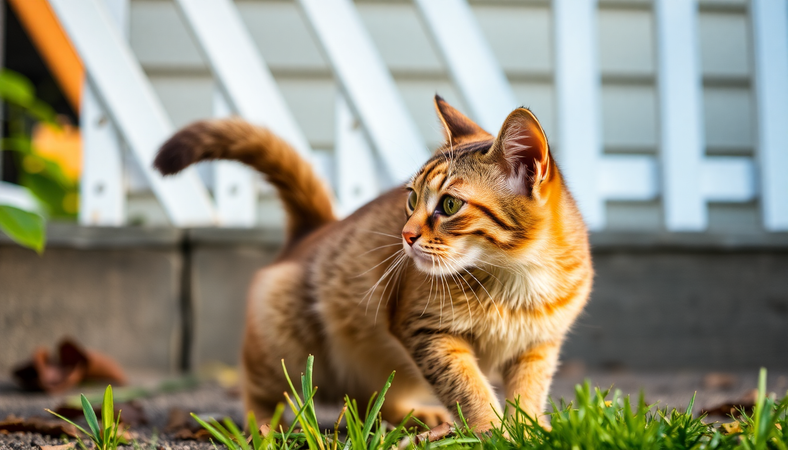
What are the FIP Symptoms in Cats? Why FIP Needs to Be Treated Promptly
Introduction
Feline Infectious Peritonitis (FIP) is a serious and often fatal disease in cats. It develops when a common virus mutates and triggers a harmful immune response. Recognizing FIP symptoms in cats early is crucial. Early detection allows owners to act quickly and provide the best chance for recovery. The key to success lies in the advice to start treatment as soon as possible.
Understanding FIP
FIP is caused by a mutation of the feline coronavirus. Many cats carry this virus without problems, but in some, it changes form and attacks their organs. FIP primarily affects young cats and kittens but can strike adult cats too. The disease might look different depending on the cat’s age and immune system strength.
Early Signs of FIP in Cats
Spotting the early signs of FIP in cats can be tricky because they often resemble symptoms of other illnesses. Look for mild fever, subtle changes in behavior, or slight loss of appetite. Cats might become less active and hide more than usual. Detecting these signs before the disease worsens can make a big difference. Early diagnosis is key to effective treatment.
FIP Symptoms in Cats: A Detailed Look
General Symptoms
FIP commonly presents with a few general symptoms. Fever that won’t respond to antibiotics is one of the earliest signs. Loss of appetite and rapid weight loss follow as the disease progresses. Cats might also develop swollen lymph nodes or show trouble breathing if fluid builds up in their chest or abdomen.
FIP Symptoms in Kittens vs Adult Cats
The symptoms of FIP can vary between kittens and adult cats. Kittens often show more aggressive symptoms because their immune systems are less developed. They may have more severe fever and swelling, and rapid decline in health. Adult cats sometimes experience more chronic symptoms, including gradual weight loss and lethargy over weeks or months. Knowing these differences helps caretakers recognize FIP in cats across ages.
Consequences of Untreated FIP
When FIP goes untreated, the disease quickly worsens. The cat’s immune system spirals out of control, causing inflammation in organs like the liver, kidneys, and brain. This leads to fluid buildup in the abdomen or chest, which causes difficulty breathing and severe discomfort. Without treatment, FIP is almost always fatal within weeks to months. The consequences highlight why waiting or ignoring symptoms is dangerous.
Why Prompt FIP Treatment Matters
Prompt treatment is vital because the earlier FIP is addressed, the better the chance of survival. Starting treatment as soon as possible can halt disease progression before irreversible organ damage occurs. New antiviral medications have shown remarkable results when given early. Cats treated promptly have a much higher survival rate and enjoy a better quality of life.
How FIP-Cure Supports Your Cat
FIP-Cure offers an effective treatment for FIP with a 96% cure rate. The treatment uses GS-441524, a proven antiviral drug, available at charity prices to help more cats. FIP-Cure also provides free and fast worldwide shipping, ensuring treatment reaches cats in need quickly. Many cat owners have saved their beloved pets by starting treatment early through FIP-Cure, proving how urgent care can make all the difference.
Conclusion
Recognizing FIP symptoms in cats and understanding why you should start treatment as soon as possible can save your cat’s life. Early signs are often subtle but important to notice. Ignoring symptoms can lead to swift disease progression and heartbreaking outcomes. With treatments like those from FIP-Cure, early intervention offers hope and healing. Protect your cat’s health by acting fast at the first signs of FIP.
Need FIP Treatment for Your Cat?
Don't wait - early treatment gives the best chance of recovery from FIP.
Get FIP Treatment Now


